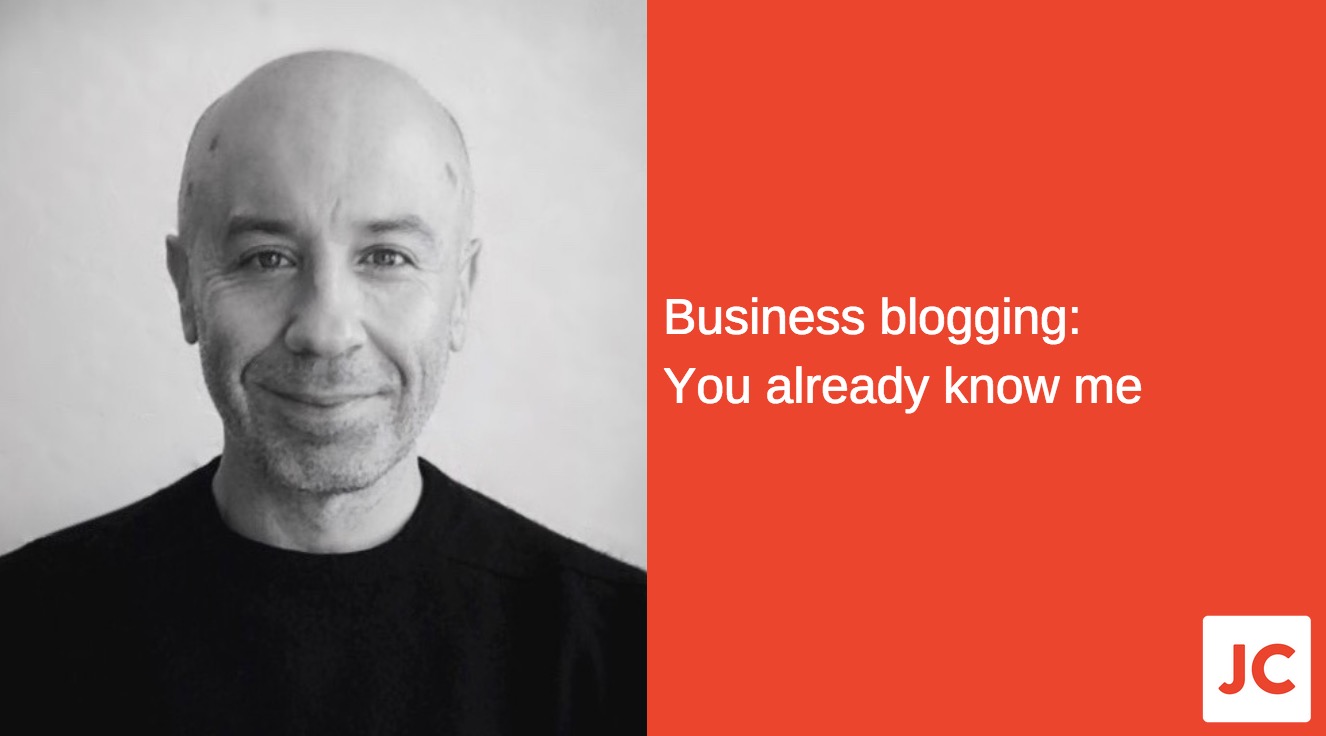Debbie is a freelance trainer. She emailed me with a great question. I said I’d answer it here, as I know many of you will find it useful.
Debbie wanted to know what to do, when someone enquires about her services… then says they don’t have a budget or almost no budget.
Here’s why it happens and how to totally overcome it.
Costs and investments
If a business owner tells you they have no marketing budget, or just a small marketing budget, there’s a reason.
It’s simply this: They believe the service / product you provide is a cost and not an investment.
Think about it.
- When a business owner encounters a worthwhile investment, they invest.
- When a business owner encounters a cost, they limit or avoid expenditure.
When I explain this to young entrepreneurs, I put it like this:
If Bob says, “I’d invest more in my marketing, if only my business was doing better”, we know Bob’s got things the wrong way around. Nothing in the world works like that. The world works through cause and effect… not effect and cause.
That same guy wouldn’t go to the gym and tell the fitness trainer, “If you transform my body, weight, fitness and health today, I promise I’ll come here regularly for the next 12 months and work really hard”.
So what’s behind this bizarre mindset?
Knowing and accepting are 2 different things
Every business owner knows the difference between an investment and a cost, on an intellectual level. However, many haven’t accepted it on an emotional level. And it’s a long, frustrating, usually fruitless task to try and convince them, when they just don’t get it.
If you have a lot of spare time and a great amount of patience, you could try and change their mindset. I don’t recommend it, though.
You see, even if you manage to change their world-view. Even if you manage to get them to pay you. You’ll almost certainly end up regretting it. In my experience, the end result will be a fear-focused client, who’s a complete pain to work with.
There’s a better solution
Much better in fact. The solution is to attract so many high quality enquiries, that you don’t have to waste time dealing with people who are not willing, ready or seriously interested in what you offer.
So, focus exclusively on marketing to your ideal profile of client. Do this correctly and you’ll build a great business, doing your best work for wonderful people.
In short: If you want to stop attracting low quality clients, you need to stop using low quality marketing.





















